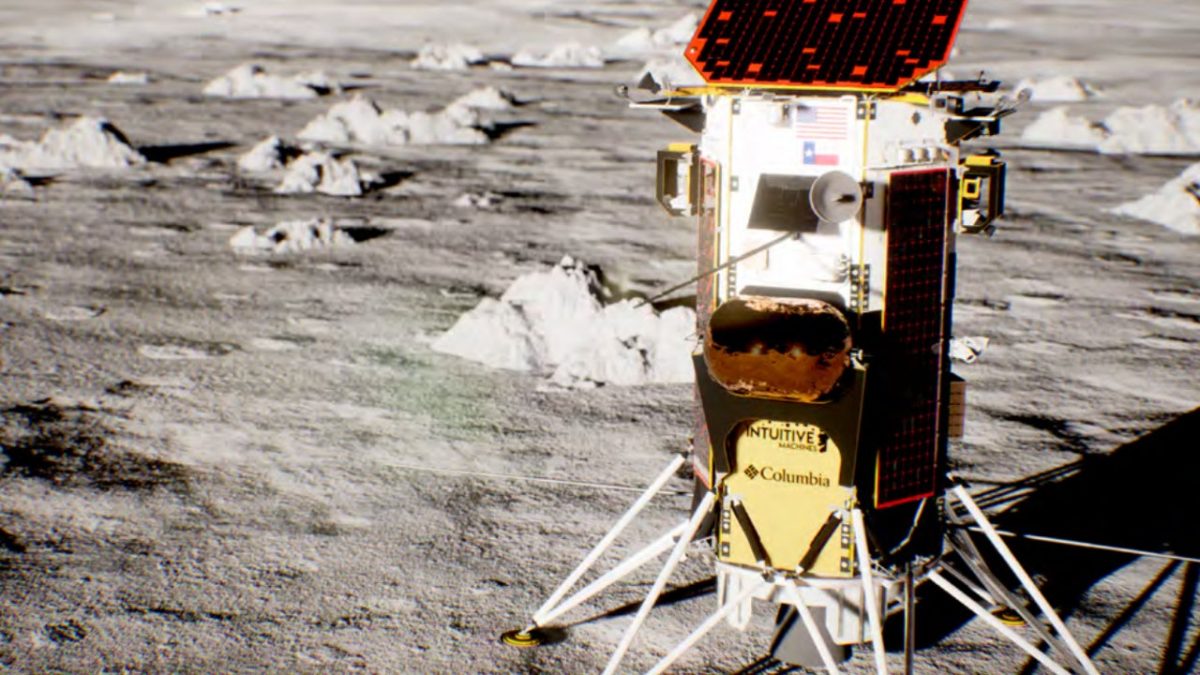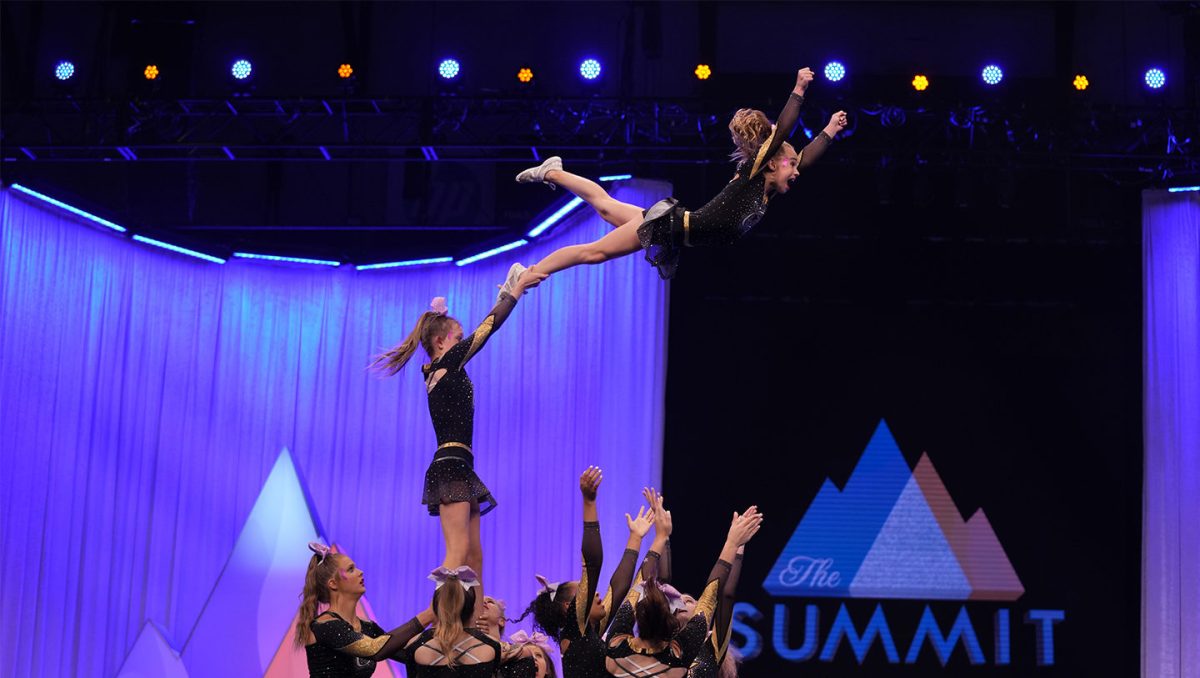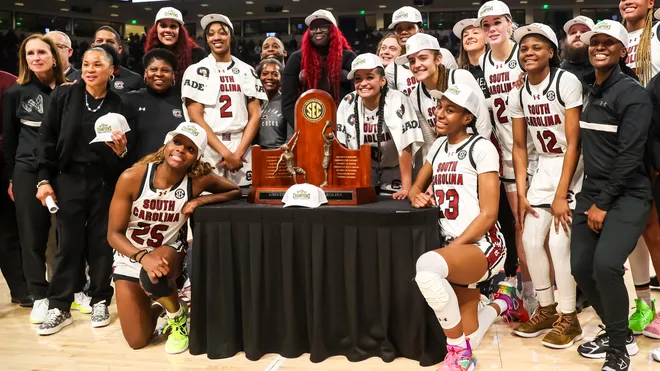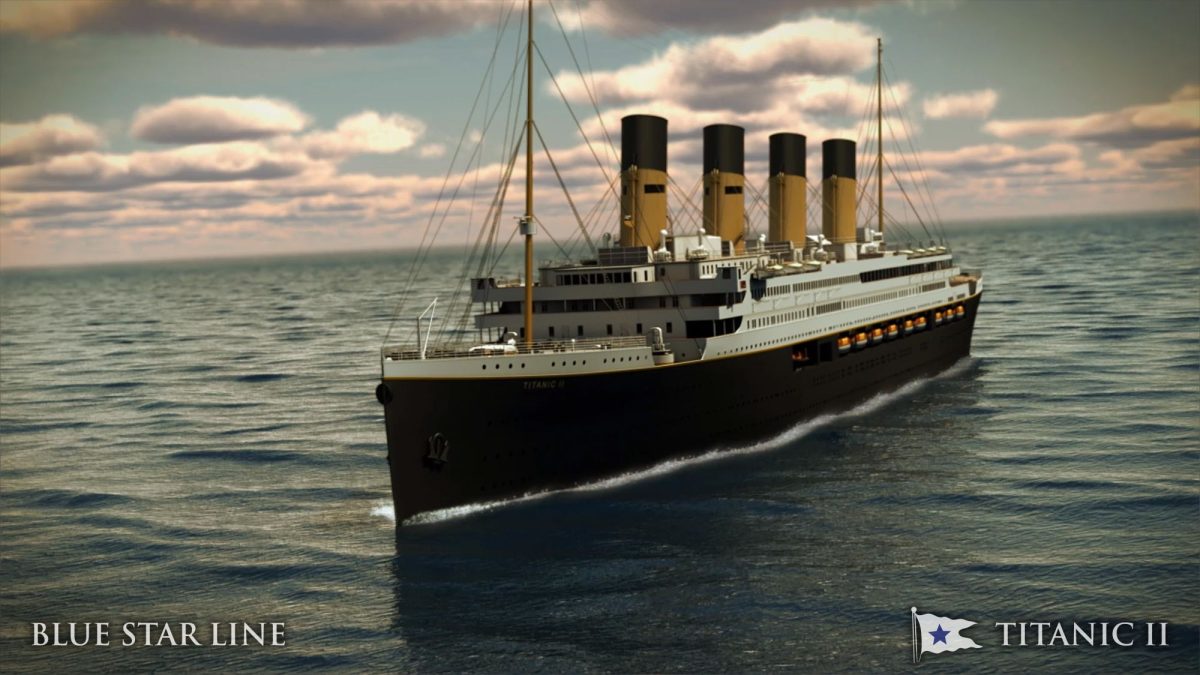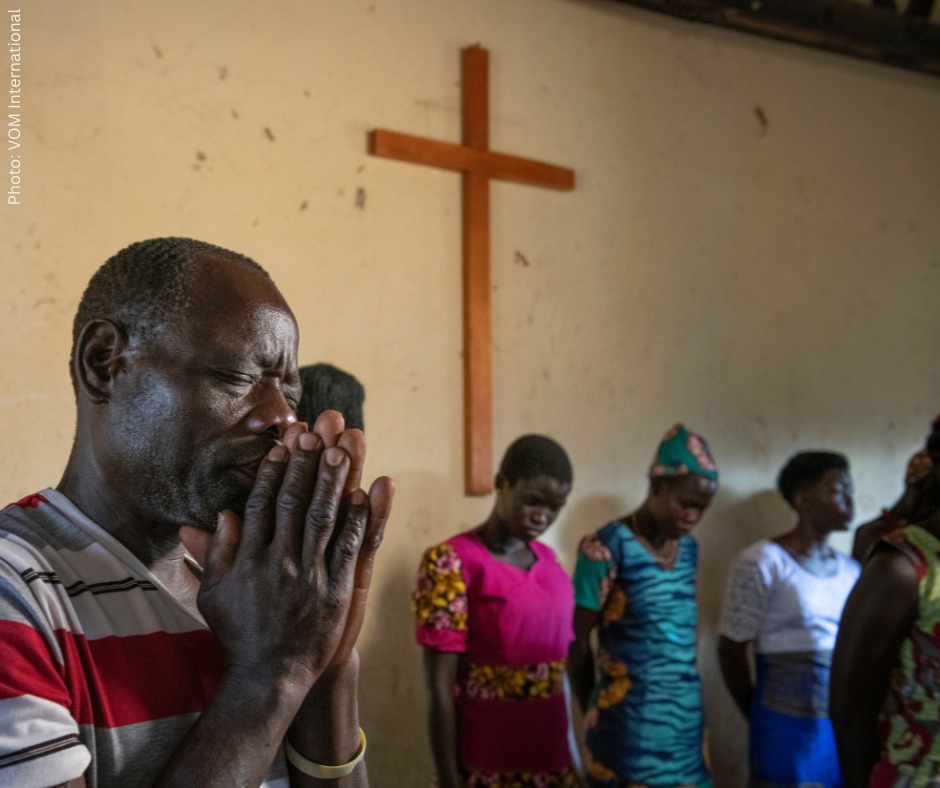On Feb. 22, 2024, The Odysseus lunar lander made initial contact with the moon, becoming the first United States spacecraft to do this in over 50 years. Despite this, the landing did not go as smoothly as was hoped; the lander, after touching down harshly, is now lying on its side.
Named after a mythological Greek hero, Odysseus is a 13 feet tall, hexagonal cylinder-shaped spacecraft equipped with a camera meant to capture information about the moon’s environment and surroundings. Upon landing, one of the spacecraft’s six legs got caught on the moon’s surface, causing it to fall sideways, weakening the communication between it and Earth. As of Thursday, Feb. 29, the lander lost solar power, officially concluding its mission. This turn of events is due to a lunar nightfall, meaning the side of the moon the lander is on will be stuck in continuous darkness for 14 days, and it unfortunately will be unable to wake back up once sunlight reaches it again.
“It is interesting to see how even with our current technology we cannot reach the moon, even though in the past we were able to put a man on the moon,” Trynt Dean, junior, said.
Despite the effort Intuitive Machines (the spacecraft’s creator) has made to reawaken the explorer, Odysseus is now permanently asleep. Before powering down, it was able to send its last photo back to the company. This photo consisted of the moon with a sliver of the Earth in the background, which the corporation claimed represents humanity’s significance in the universe. The organization nicknamed the lunar lander Odie, bidding the spacecraft farewell when it shut down.
“Goodnight, Odie. We hope to hear from you again,” Intuitive Machines said.
Along with being considered the first United States spacecraft to land on the moon since Apollo 17 in 1972, Odysseus is also named the first ever private spacecraft to touch down on the moon. The private lander, alongside exploring the moon, is also contributing to preparing for more human exploration on the moon. Though the lander has its fair share of problems, it has still proved itself useful for exploration and new scientific discoveries, ultimately benefiting humankind in the long run.
“I hope Odie gets the chance to do what he was made for, but for now, have a good nap Odie,” Eva Schwartz, freshman, said.
From a broken leg to shutting down, Odysseus has taken hit after brutal, unfortunate hit. Now, the engineers at Intuitive Machines say goodbye as their beloved spacecraft takes its final nap.

